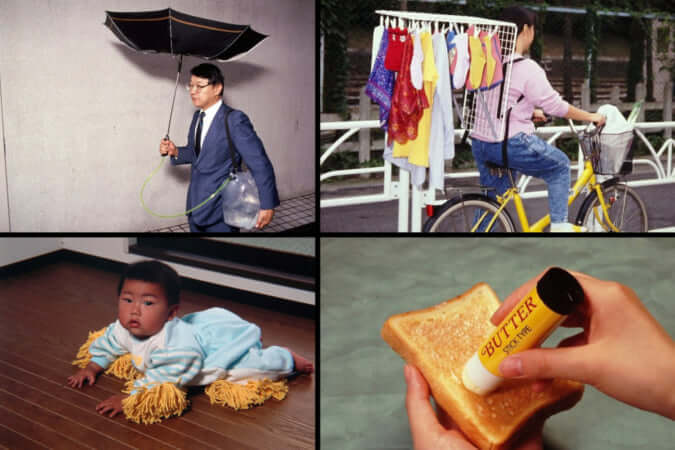Shinryo Saeki, the Cycle of Life
This monk and artist transposes his Buddhist philosophy into a series of photographs that question our relationship with death.
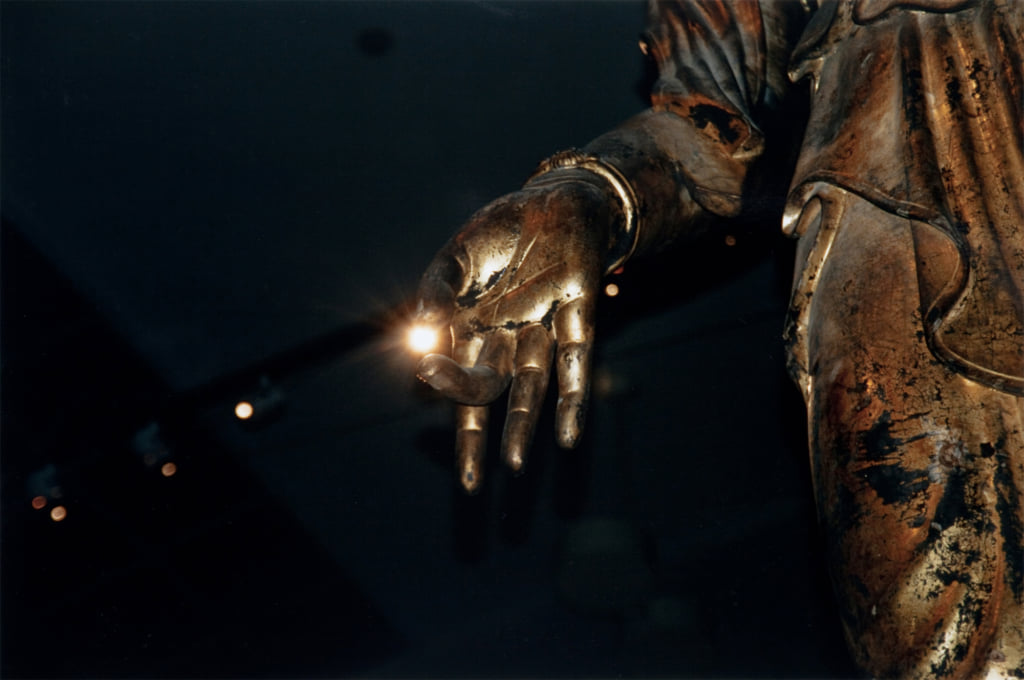
'Aisatsu', Shinryo Saeki, 2009 ©︎ Shinryo Saeki
Seeing death as an integral part of life: this is the whole purpose of the series Aisatsu by photographer Shinryo Saeki. The ceremony, the mourning process, and the return to everyday life are all rites and emotions that humans go through when they experience the loss of someone dear.
For ten years, from the age of 19 to 28, the artist captured personal moments, interactions that occur between the point of arrival into the world and death. Born in Hiroshima and a graduate of the photography department at Osaka University of Arts, Shinryo Saeki is an artist, but also a monk. This particularity makes his work a vehicle for his spirituality: ‘I can say that I interpret the concept of Buddhism in my own way and that I reveal it in my photographs’, he explains.
A celebration in red and white
Scenes from the artist’s everyday life and travels are presented in colour, interspersed with ceremonies that punctuate life: his sister’s wedding; his wife’s grandfather’s burial; his great-grandmother’s funeral; his father digging his great-grandmother’s grave; the memorial service held in a Buddhist temple… Rich in contrasts, between bright shades and areas of shadow, these photographs are taken with a certain cheerfulness, almost lightness, in spite of the sombre themes they sometimes address.
Close to his subjects, Shinryo Saeki takes the observer into the private life of his models and offers an angle that breaks with the solemnity of the moment. There are splashes of red and white, the colours coming together to represent life and death. ‘The combination of red and white is known as kohaku and is used for celebrations in Japan. Death is also considered as a source of celebration.’
Translated as ‘greeting’ in English, the term aisatsu is the act of greeting each other naturally every day. By making this the title of his series, Shinryo Saeki seeks to show that death is an integral part of everyday life, in the same way as our greetings. He recognises and accepts this fact; death is the extension of our existence. ‘I think that by being aware of the deaths that occur around us, we can feel more strongly that we are alive now. I also realised at that moment that it is photography that enables us to position things that happen at a distance and in the past on the same line’, he explains. In Zen Buddhist terminology, aisatsu is also a form of salutation that invites practitioners to ask each other about their understanding of the world, a form of question-and-answer with others.
The universal nature of mourning
Although this series, much like the rituals upon which it reflects, plunges the viewer into a world of meanings that are different to those encountered in the West, it strikes a chord with humans and questions the philosophy of being. ‘People and things will all die one day. But life continues. I want to capture something universal in my photographs. I think that the vision of life and death varies from culture to culture, but I believe that what is universal to people is not so different. I want people who are not familiar with Japanese culture to be able to feel it through my photos.’ Death is rejected in Japan, considered an abomination and something that has to be hidden, and thus Shinryo Saeki strives to expose it and counteract this superficial attitude.
Between two images of burials or weddings, banquets appear. These scenes of gargantuan meals also fall within the category of ceremonies, but serve above all as a metonym to express our primary need: to eat. Shinryo Saeki recontextualises this necessity: ‘Even if they are sad, everyone ends up eating. We need time to bury our deep sadness, but in order to have this time, we have to eat something. I think that humour is just as necessary as eating in order to live.’
Humour runs throughout his series, continuing to support his point and free death from some of its tragic associations. He transposes spirituality into his photographs, as he would go on to do in his series Riverside, in which everyday life makes way for suspended, intangible moments and mystery.
Aisatsu (2009), a series of photographs by Shinryo Saeki, can be viewed on the artist’s website.
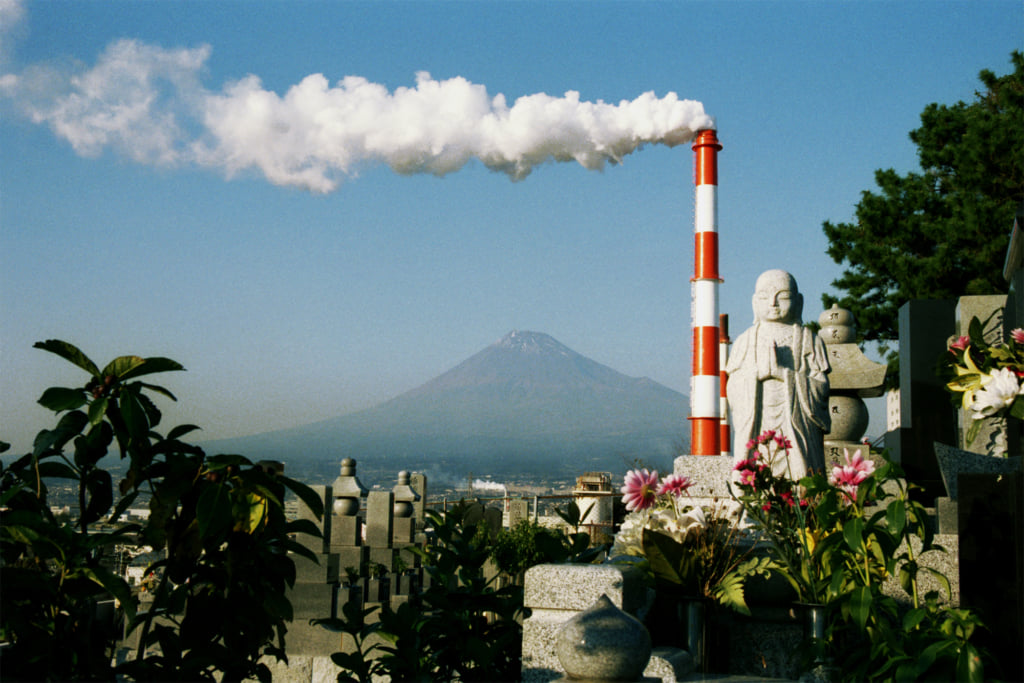
“Aisatsu”, Shinryo Saeki, 2009 ©︎ Shinryo Saeki
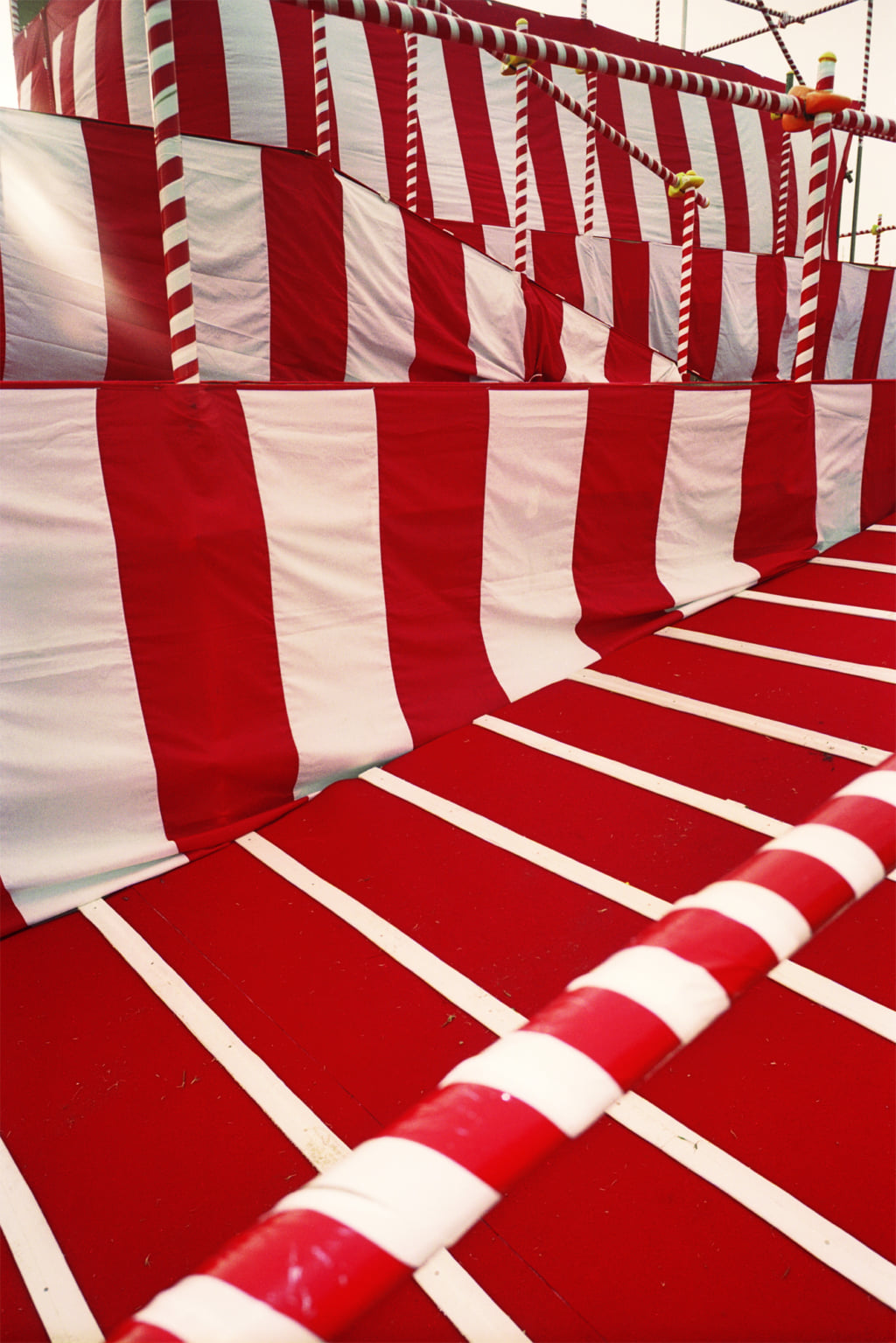
'Aisatsu', Shinryo Saeki, 2009 ©︎ Shinryo Saeki
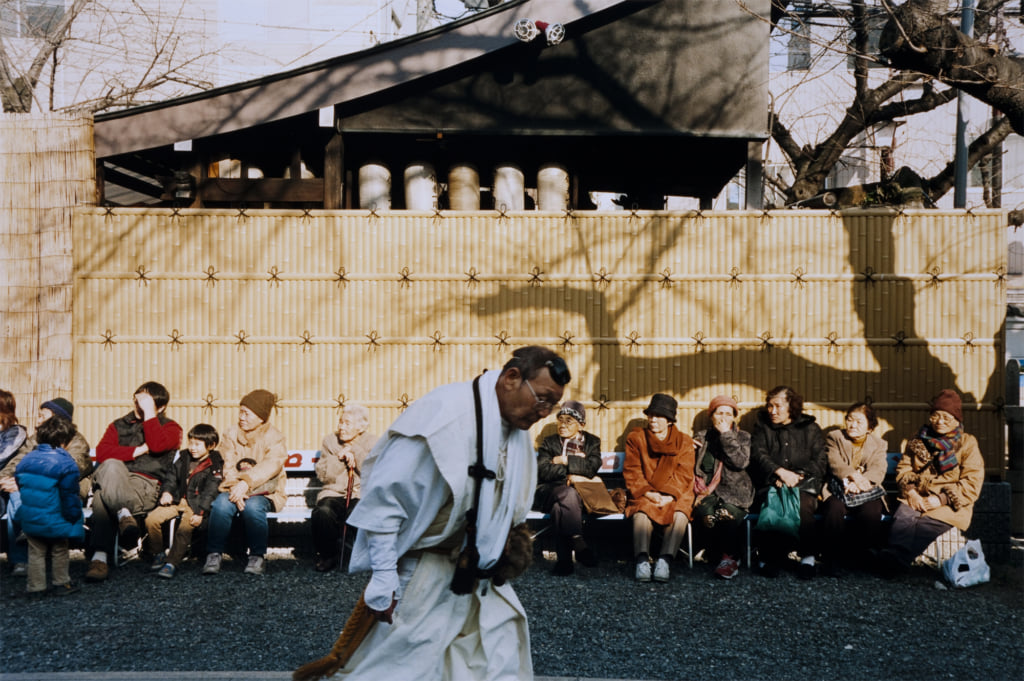
'Aisatsu', Shinryo Saeki, 2009 ©︎ Shinryo Saeki
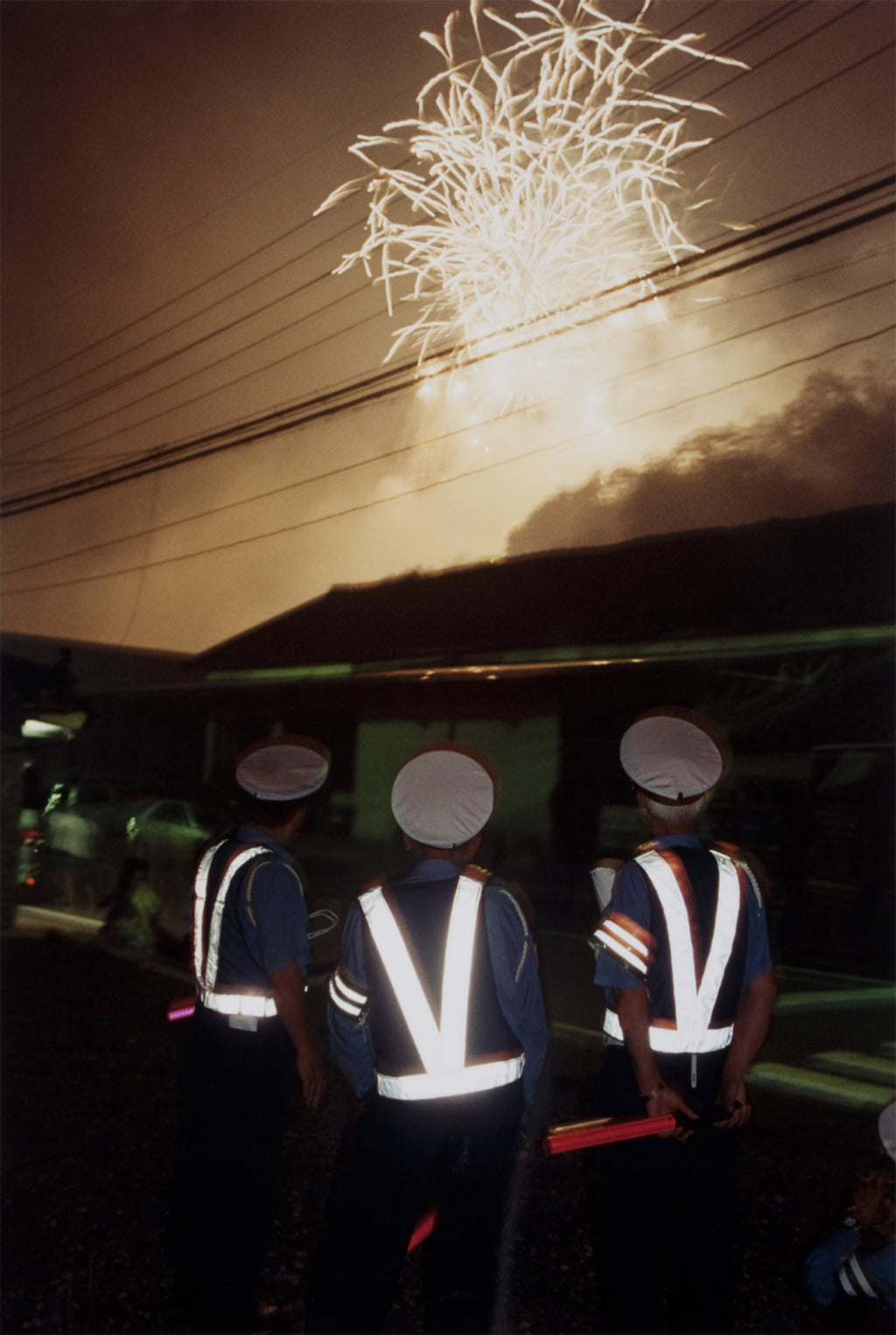
'Aisatsu', Shinryo Saeki, 2009 ©︎ Shinryo Saeki
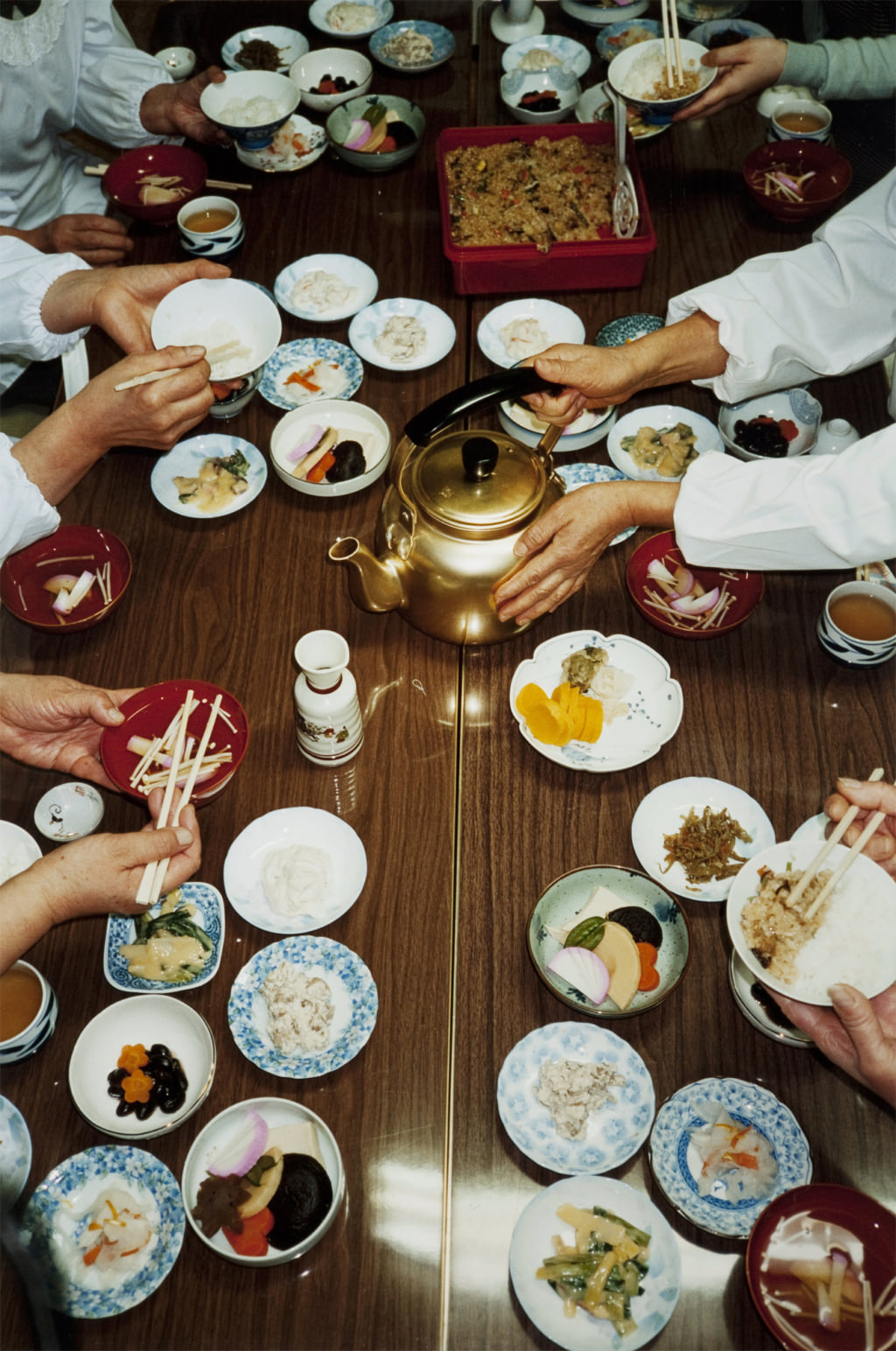
'Aisatsu', Shinryo Saeki, 2009 ©︎ Shinryo Saeki
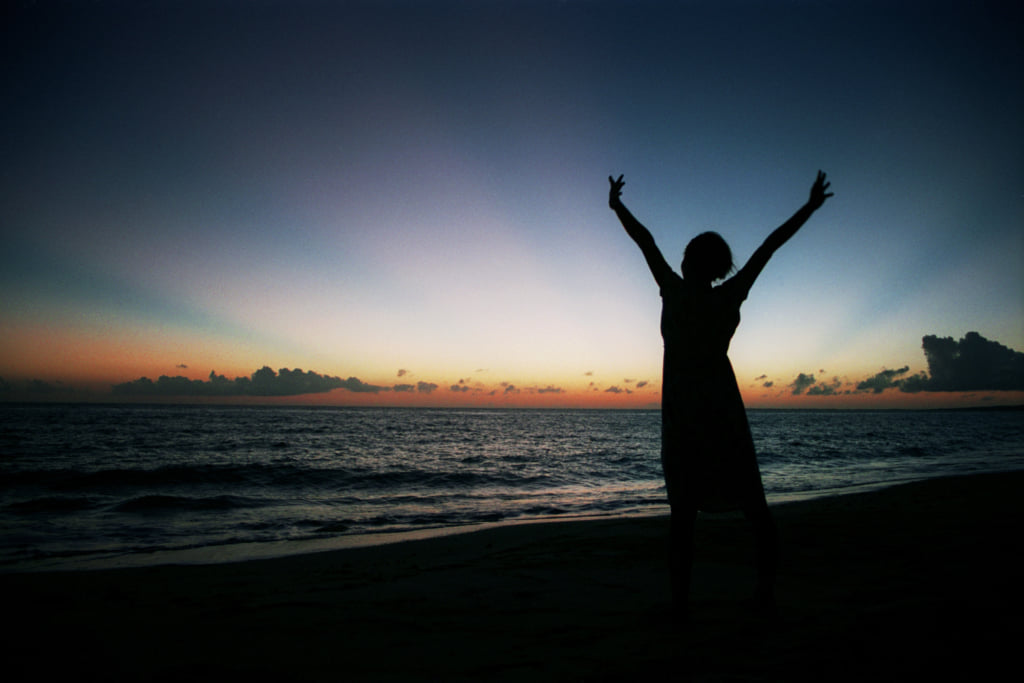
'Aisatsu', Shinryo Saeki, 2009 ©︎ Shinryo Saeki
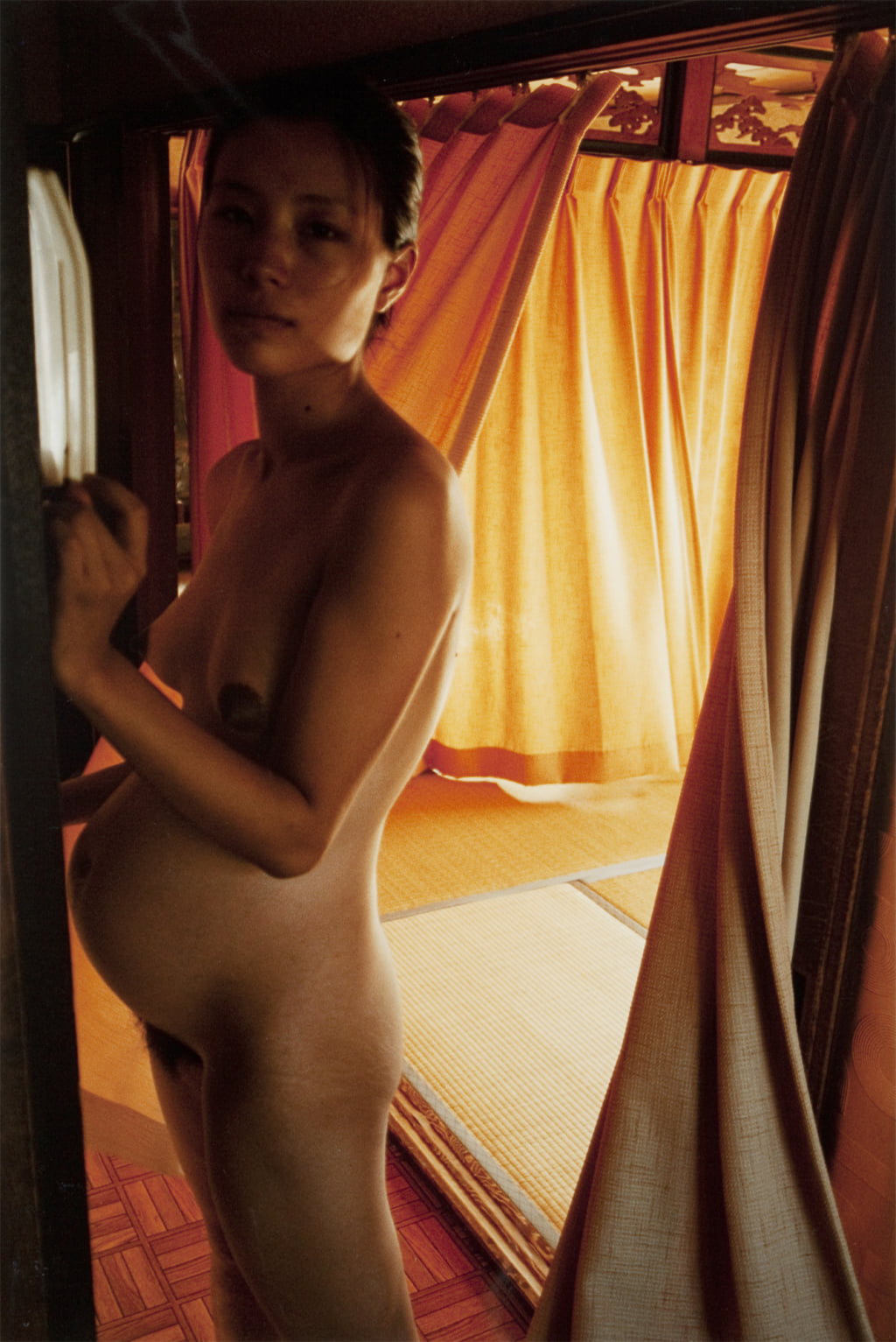
'Aisatsu', Shinryo Saeki, 2009 ©︎ Shinryo Saeki
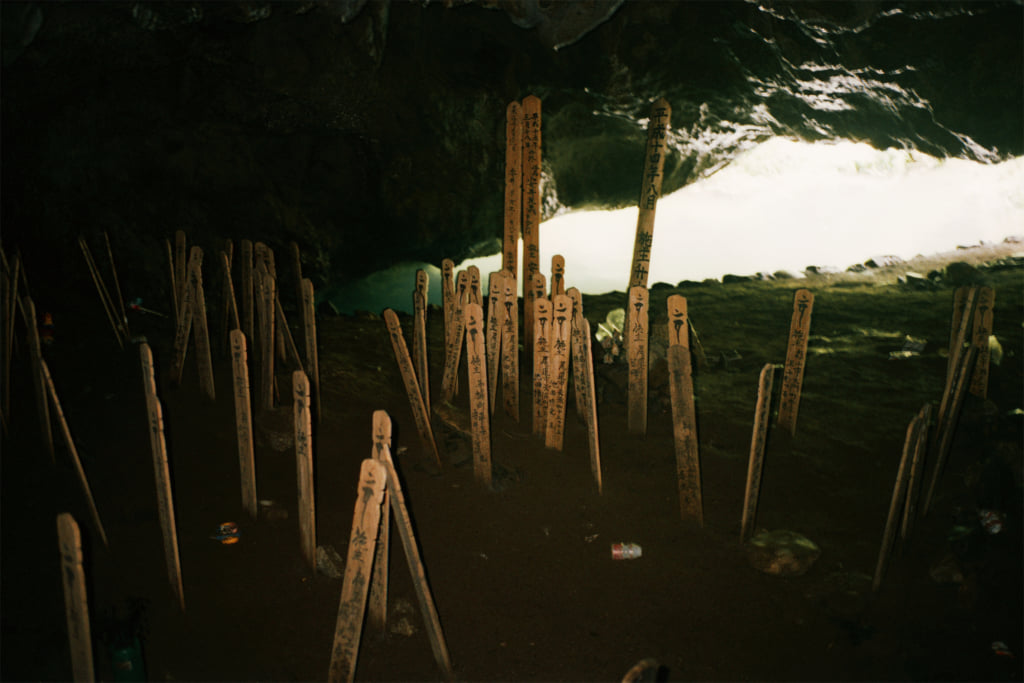
'Aisatsu', Shinryo Saeki, 2009 ©︎ Shinryo Saeki
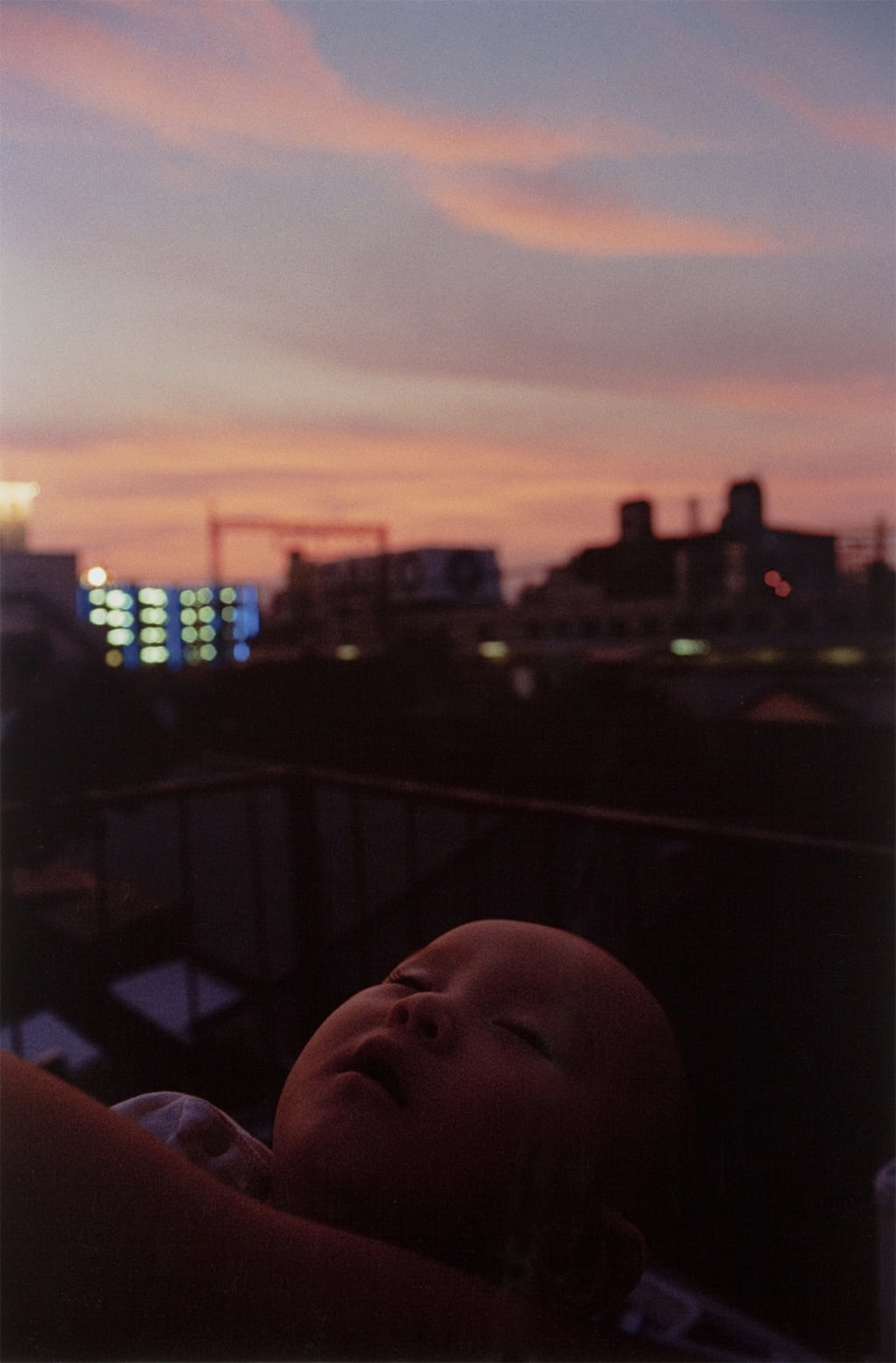
'Aisatsu', Shinryo Saeki, 2009 ©︎ Shinryo Saeki

'Aisatsu', Shinryo Saeki, 2009 ©︎ Shinryo Saeki
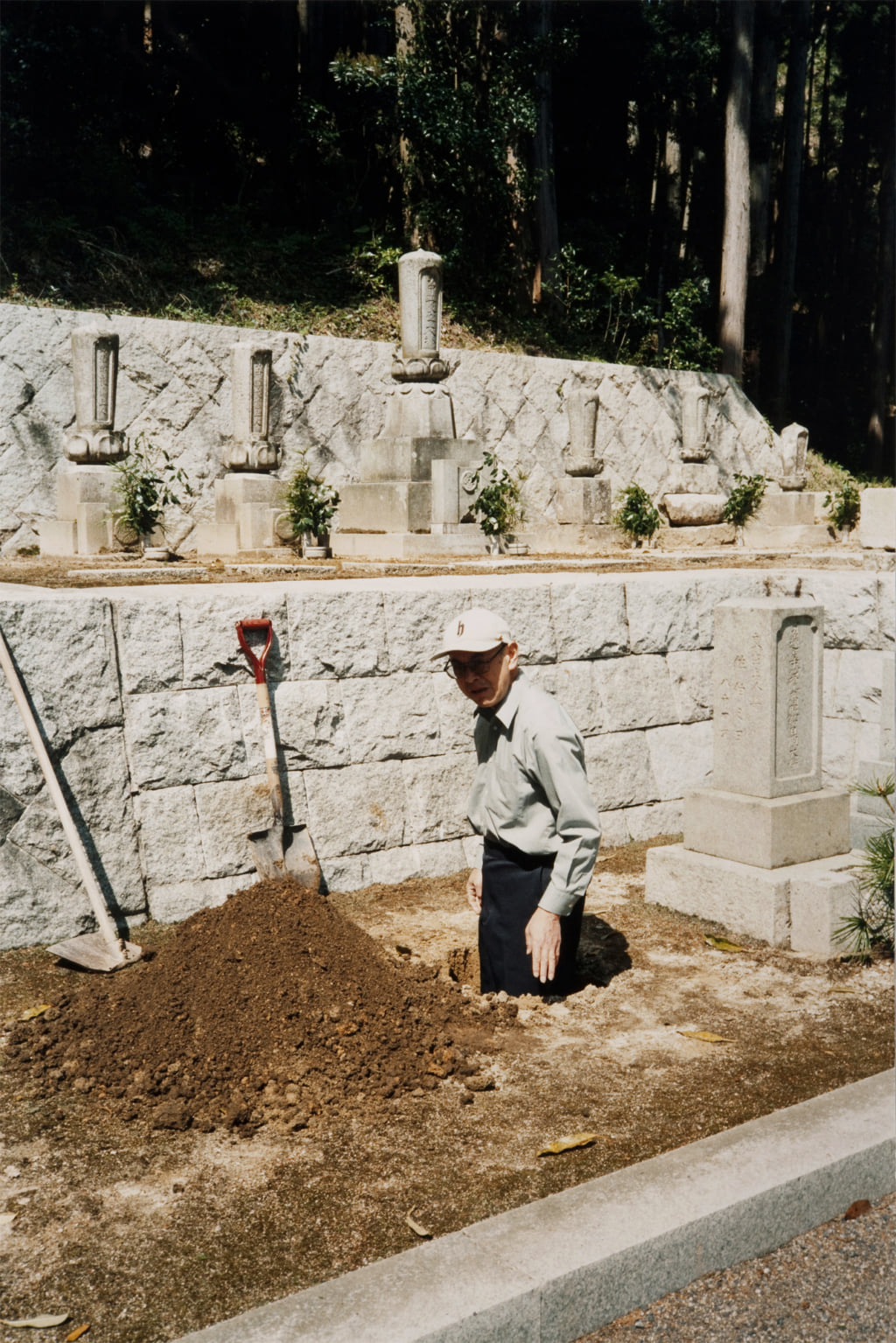
'Aisatsu', Shinryo Saeki, 2009 ©︎ Shinryo Saeki
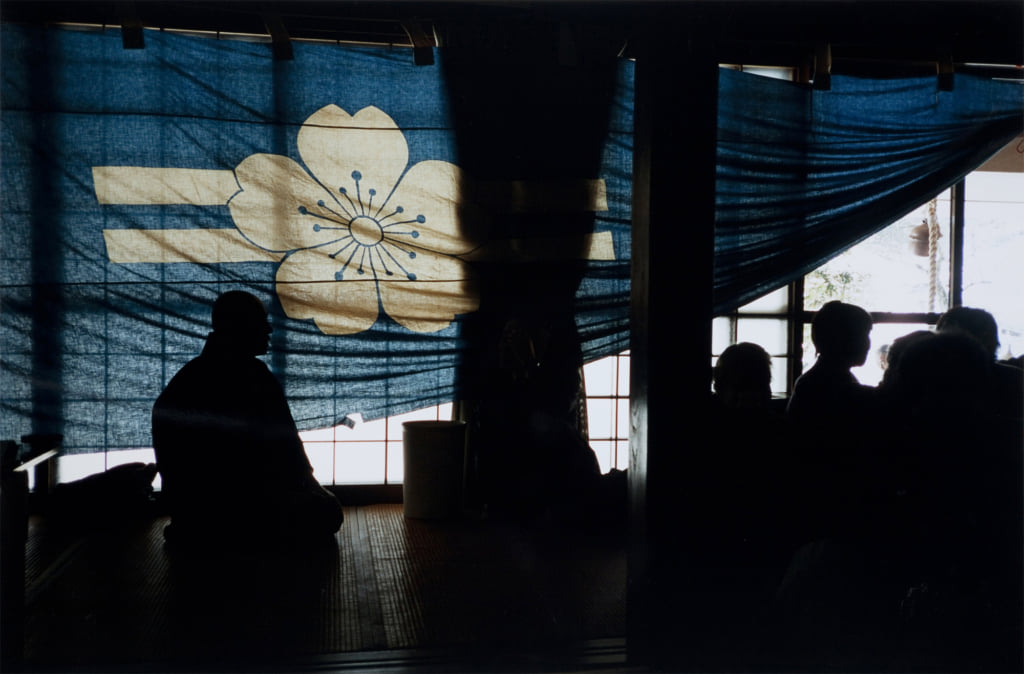
'Aisatsu', Shinryo Saeki, 2009 ©︎ Shinryo Saeki
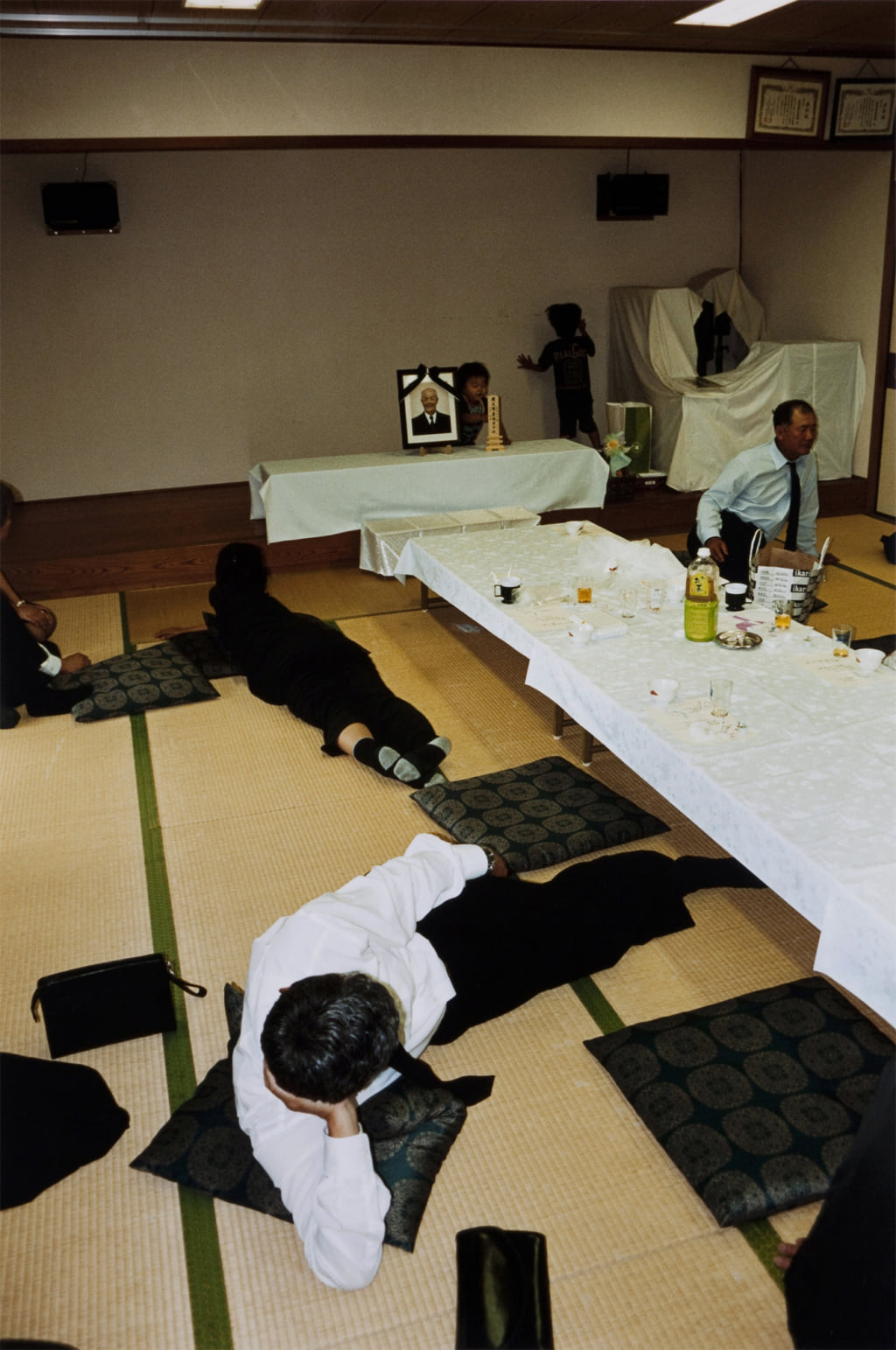
'Aisatsu', Shinryo Saeki, 2009 ©︎ Shinryo Saeki
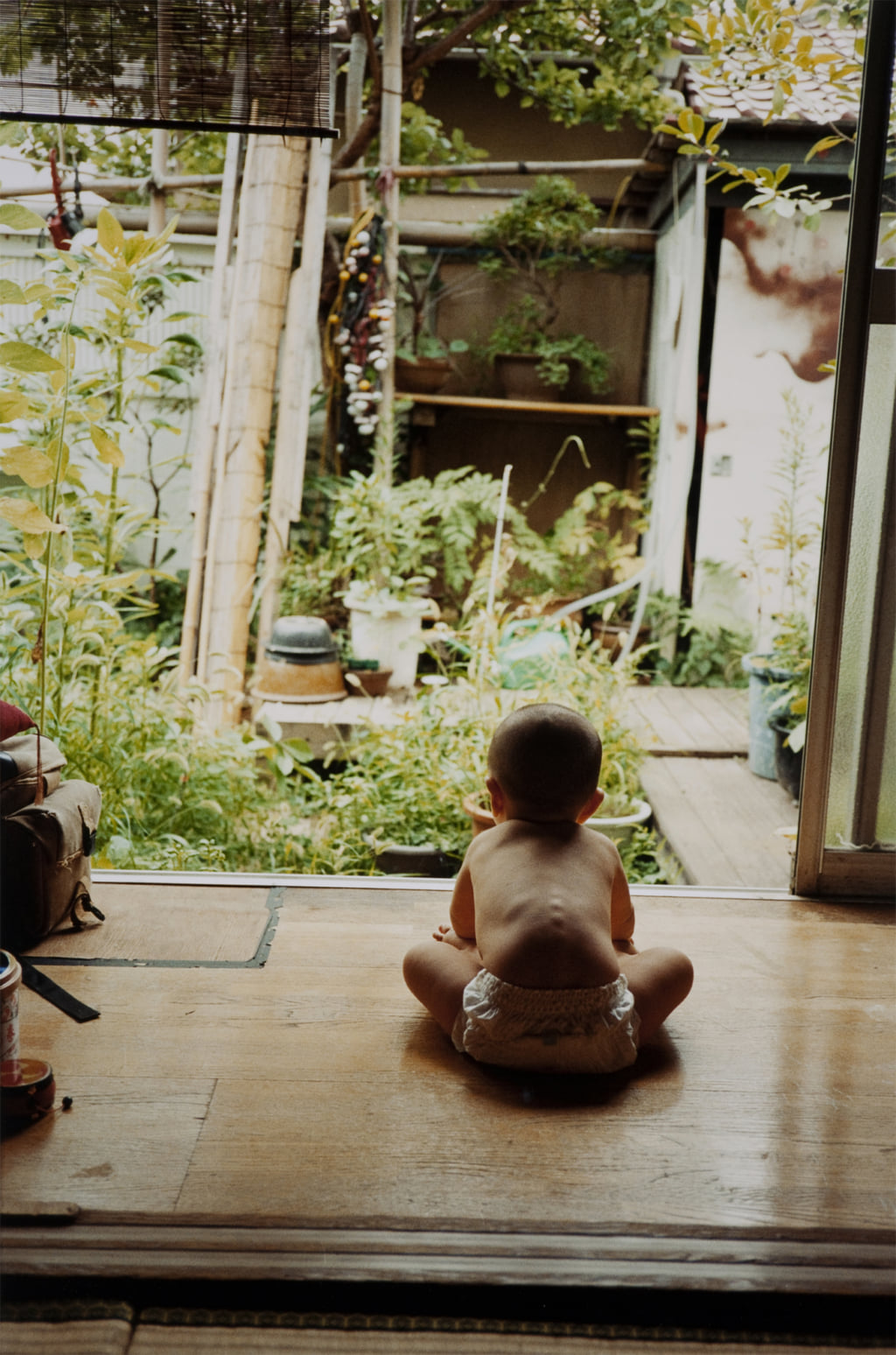
'Aisatsu', Shinryo Saeki, 2009 ©︎ Shinryo Saeki
TRENDING
-
The Tattoos that Marked the Criminals of the Edo Period
Traditional tattoos were strong signifiers; murderers had head tattoos, while theft might result in an arm tattoo.

-
Gashadokuro, the Legend of the Starving Skeleton
This mythical creature, with a thirst for blood and revenge, has been a fearsome presence in Japanese popular culture for centuries.

-
The Tradition of the Black Eggs of Mount Hakone
In the volcanic valley of Owakudani, curious looking black eggs with beneficial properties are cooked in the sulphurous waters.

-
Tokihiro Sato, Shedding Light on an Invisible Presence
Photographers are generally behind the camera, but 'Photo Respiration' represents the artist's ephemeral appearance.

-
‘Chindogu’, the Genius of Unusable Objects
Ingenious but impractical inventions: this was all that was required for the concept to achieve a resounding success.





